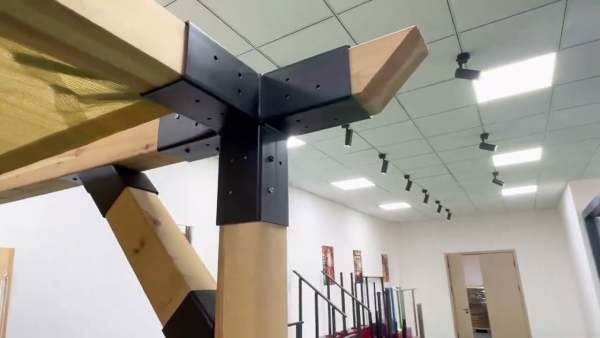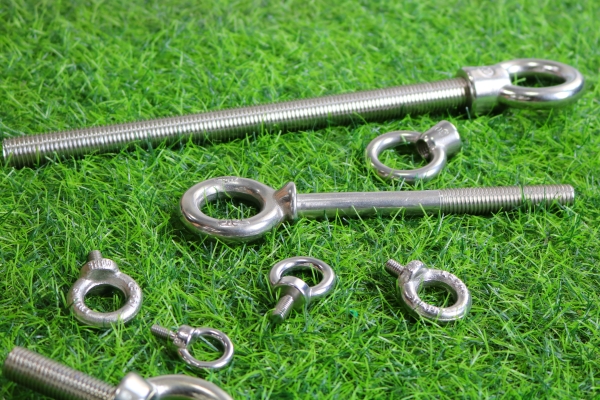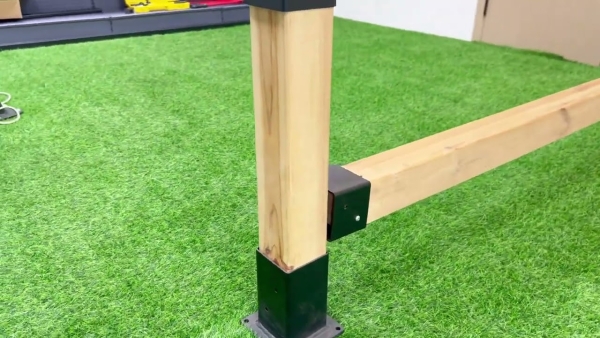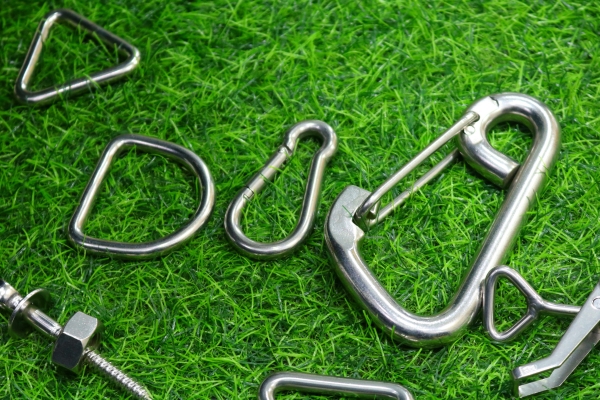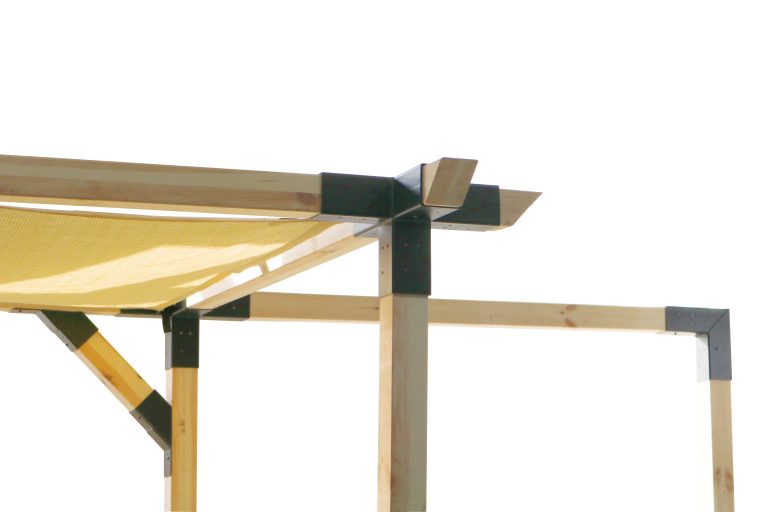Table of Contents
Pergola Sağlamlığı İçin Uygun Temellerin Önemi
Bir pergola inşa ederken dikkate alınması gereken en kritik unsurlardan biri temellerdir. Temeller, tüm yapının dayandığı temeldir ve stabilite ve destek sağlar. Bir pergola’nın uzun ömürlülüğünü ve güvenliğini sağlamak için uygun temeller şarttır.
Temellerin temel amacı pergolanın ağırlığını zemine eşit şekilde dağıtarak zamanla batmasını veya kaymasını önlemektir. Yeterli temel olmadığında pergola eğilme, eğilme ve hatta kendi ağırlığı altında çökme riskiyle karşı karşıyadır. Bu, pergolayı kullanan veya yakınında duran herkes için önemli bir güvenlik tehlikesi oluşturabilir.
Bir pergola için gereken temellerin boyutunu ve türünü belirlerken dikkate alınması gereken birkaç faktör vardır. Pergola ağırlığı, toprak türü ve yerel iklim, uygun temel tasarımının belirlenmesinde rol oynar. Genel olarak, daha büyük ve daha ağır pergolalar, onları desteklemek için daha büyük ve daha sağlam temellere ihtiyaç duyacaktır.
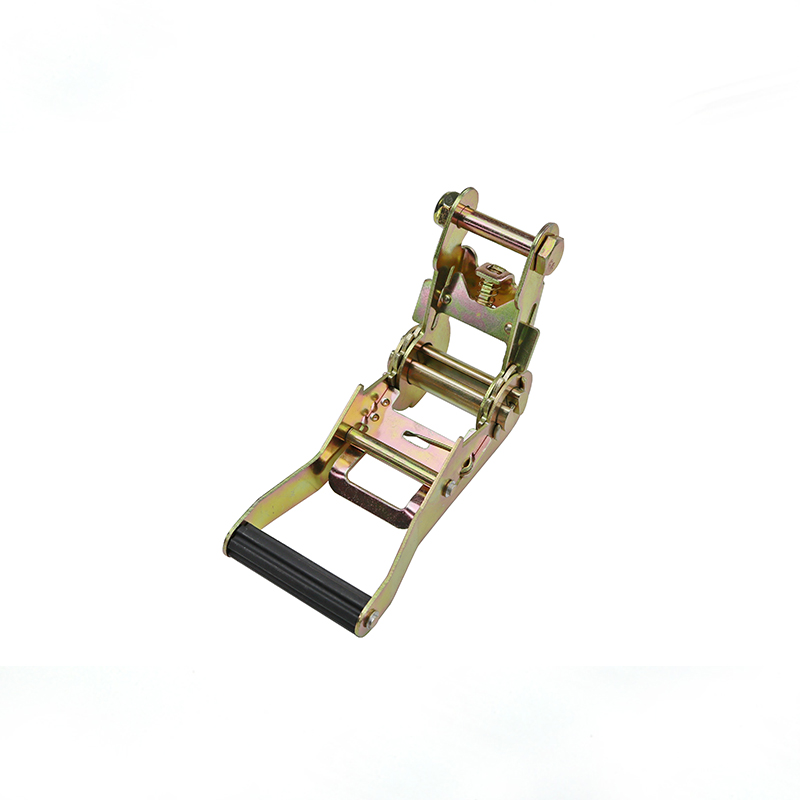
Pergola İnşaatı için Farklı Temel Tipleri
Bir pergola inşa ederken en önemli hususlardan biri yapıyı desteklemek için kullanılacak temellerin türüdür. Dengeyi sağlamak ve pergolanın zamanla kaymasını veya batmasını önlemek için temeller önemlidir. Pergola inşaatı için kullanılabilecek, her birinin kendi avantajları ve dezavantajları olan birkaç farklı temel türü vardır.
Pergolalar için yaygın bir temel türü, beton bir peddir. Beton pedler genellikle doğrudan zemine dökülür ve pergola direklerinin sabitlenmesi için sağlam bir taban sağlar. Beton pedler dayanıklı ve uzun ömürlüdür, bu da onları pergola temelleri için popüler bir seçim haline getirir. Ancak kazı ve beton dökülmesi gerektiğinden kurulumu pahalı ve zaman alıcı olabilir.
Pergola temelleri için başka bir seçenek de beton iskelelerdir. Beton iskeleler zemine yerleştirilen ve pergola direkleri için sağlam bir temel sağlayan prefabrik beton bloklardır. Beton iskelelerin kurulumu nispeten kolaydır ve pergola inşaatı için uygun maliyetli bir seçenek olabilir. Ancak beton pedler kadar dayanıklı olmayabilirler ve kaymayı veya çökmeyi önlemek için ek desteğe ihtiyaç duyabilirler.
Daha çevre dostu bir seçenek için, pergolanın temeli olarak sarmal iskeleler kullanılabilir. Helisel iskeleler, zemine çakılan ve pergola direkleri için sağlam bir temel sağlayan vida benzeri ankrajlardır. Helisel iskelelerin kurulumu kolaydır ve zayıf toprak koşullarına veya sınırlı erişime sahip alanlar için iyi bir seçim olabilir. Ancak beton temeller kadar güçlü olmayabilirler ve pergolanın ağırlığını desteklemek için ek takviye gerektirebilirler.
Bazı durumlarda pergola için temeller gerekli olmayabilir. Pergola, beton veranda veya teras gibi sağlam ve düz bir yüzey üzerine inşa ediliyorsa, yapıyı desteklemek için temellere ihtiyaç duyulmayabilir. Ancak mevcut yüzeyin pergolanın ağırlığını taşıyabilecek kadar sağlam olduğundan emin olmak ve pergolayı yerine sabitlemek için uygun sabitleme yöntemlerinin kullanılmasını sağlamak önemlidir.
Bir pergolanın temellerini seçerken aşağıdaki hususları dikkate almak önemlidir: sahanın özel gereksinimleri ve yapının kullanım amacı. Bir pergolanın temellerini seçerken toprak koşulları, iklim ve yerel inşaat kuralları gibi faktörlerin tümü dikkate alınmalıdır. Bir yapı mühendisi veya yükleniciye danışmak, seçilen temellerin projenin özel koşullarına uygun olmasını sağlamaya yardımcı olabilir.
Sonuç olarak, temeller pergola inşaatının önemli bir bileşenidir ve yapıya stabilite ve destek sağlar. Pergolalar için kullanılabilecek çeşitli temel türleri vardır ve her birinin kendine göre avantajları ve dezavantajları vardır. Alanın özel gereksinimleri ve pergolanın kullanım amacı dikkatlice göz önünde bulundurularak sağlam ve uzun ömürlü bir yapı sağlamak için uygun temeller seçilebilir.
When constructing a pergola, one of the most important considerations is the type of footings that will be used to support the structure. Footings are essential for providing stability and preventing the pergola from shifting or sinking over time. There are several different types of footings that can be used for pergola construction, each with its own advantages and disadvantages.
One common type of footing for pergolas is a concrete pad. Concrete pads are typically poured directly onto the ground and provide a solid base for the pergola posts to be anchored to. Concrete pads are durable and long-lasting, making them a popular choice for pergola footings. However, they can be expensive and time-consuming to install, as they require excavation and the pouring of concrete.
Another option for pergola footings is concrete piers. Concrete piers are precast concrete blocks that are placed in the ground and provide a stable foundation for the pergola posts. Concrete piers are relatively easy to install and can be a cost-effective option for pergola construction. However, they may not be as durable as concrete pads and may require additional support to prevent shifting or settling.
For a more environmentally-friendly option, helical piers can be used as footings for a pergola. Helical piers are screw-like anchors that are driven into the ground and provide a stable foundation for the pergola posts. Helical piers are easy to install and can be a good choice for areas with poor soil conditions or limited access. However, they may not be as strong as concrete footings and may require additional reinforcement to support the weight of the pergola.
In some cases, footings may not be necessary for a pergola. If the pergola is being built on a solid, level surface such as a concrete patio or deck, footings may not be needed to support the structure. However, it is important to ensure that the existing surface is strong enough to support the weight of the pergola and that proper anchoring methods are used to secure the pergola in place.
When choosing footings for a pergola, it is important to consider the specific requirements of the site and the intended use of the structure. Factors such as soil conditions, climate, and local building codes should all be taken into account when selecting footings for a pergola. Consulting with a structural engineer or contractor can help ensure that the footings chosen are appropriate for the specific circumstances of the project.
In conclusion, footings are an essential component of pergola construction, providing stability and support for the structure. There are several different types of footings that can be used for pergolas, each with its own advantages and disadvantages. By carefully considering the specific requirements of the site and the intended use of the pergola, the appropriate footings can be selected to ensure a stable and long-lasting structure.

